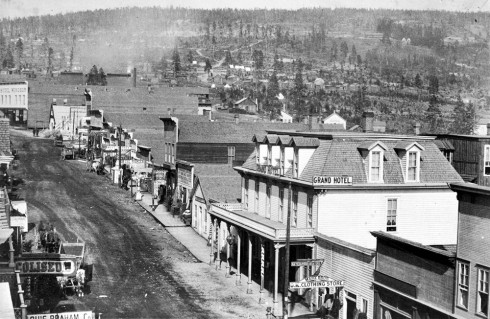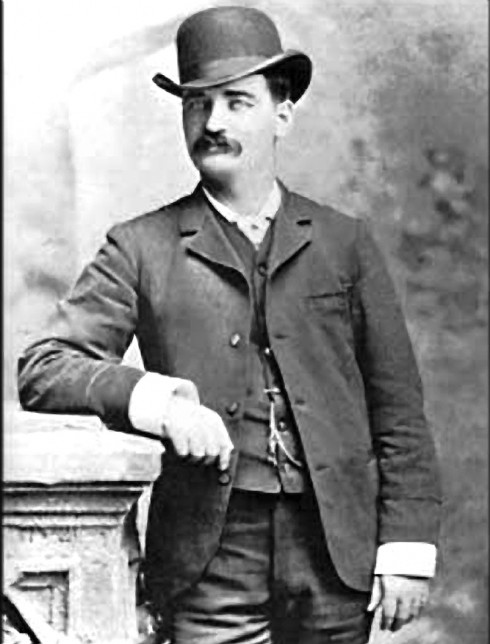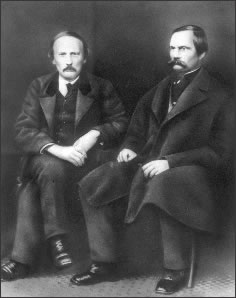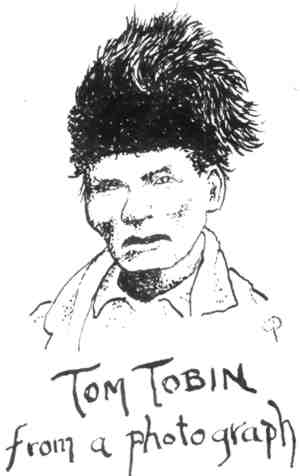By Charles F. Price
One hundred and forty years ago this June, gunfire punctuated the predawn darkness at the base of Land’s Hill on the west side of what is now Hwy. 285 between Salida and Buena Vista. Shot twice from ambush, a homesteader named George Harrington fell dead. His wife, Helen Mary, pulled his body from the flames of a burning outbuilding.
The couple had been trying to extinguish a fire kindled by arsonists to lure them from their nearby dwelling house on Gas Creek, exposing them as targets against the glare of the flames. This murder in the early morning of June 17, 1874, witnessed by the couple’s infant daughter and Harrington’s visiting young sister, ignited the worst calamity in the history of Central Colorado, an event now known as the Lake County War. (The area of the conflict was then in Lake County but became a part of Chaffee County upon its creation in 1879.)




